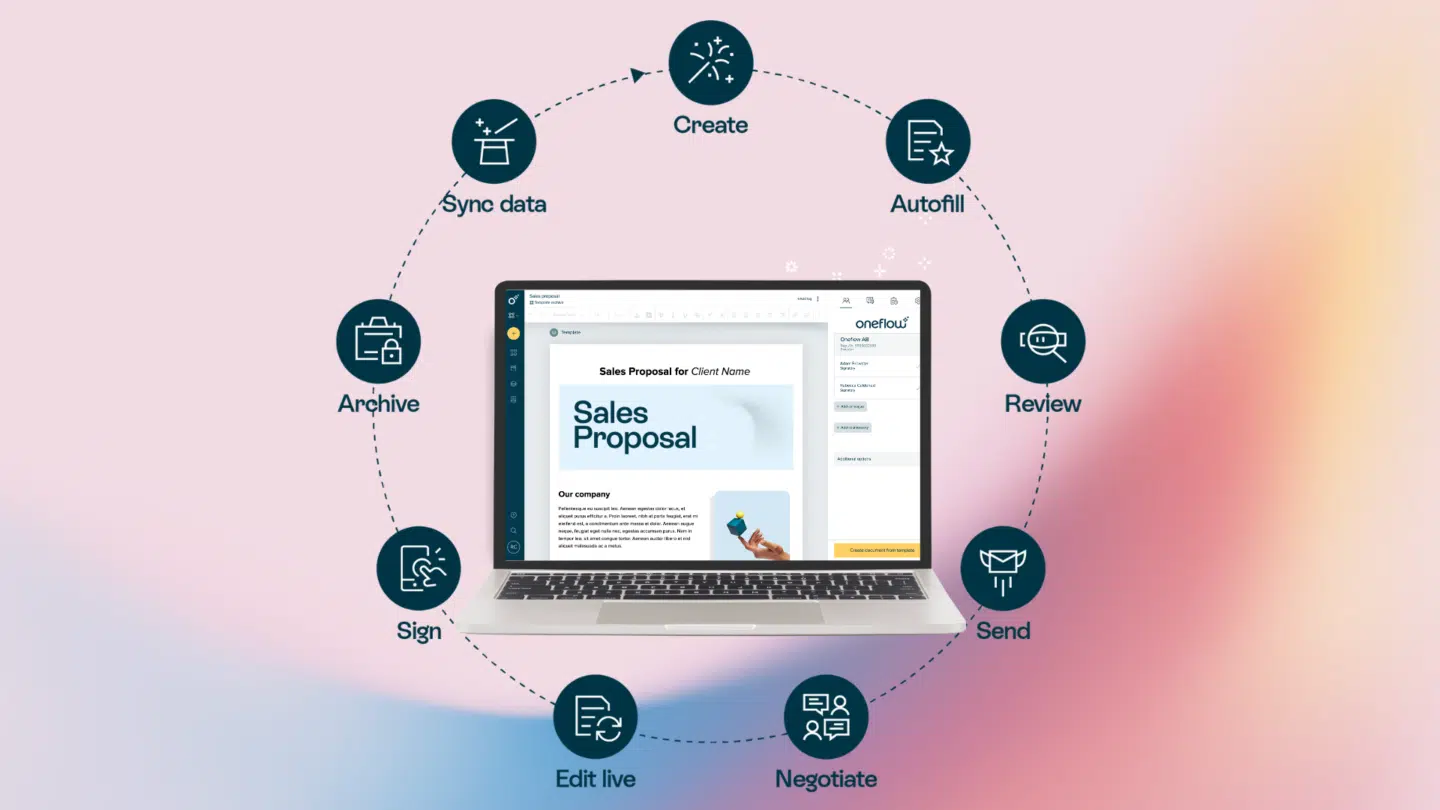An addendum is a powerful tool that can help clarify, modify, or expand upon the terms of a contract, agreement, or document. It is a supplemental attachment that is added to the original document to address specific issues or provide additional information. In this article, we will explore the concept of an addendum, its different types, the process of creating an addendum, and its role in legal and business scenarios.
Understanding what an addendum is
Before delving into the specifics, let’s begin by understanding what exactly an addendum is. In simple terms, an addendum is an additional document that is attached to an existing agreement. It serves as a way to modify, clarify, or supplement the terms of the original document.
An addendum can be used in various contexts, including contracts, real estate transactions, and academic settings. It allows parties to make changes or additions to the original agreement without the need to rewrite the entire document.
Read also: What are digital contracts?

Definition of an addendum
An addendum, also known as an appendix or an attachment, is a separate document that is added to an existing agreement. It is commonly used to incorporate additional terms, conditions, or information that was not included in the original agreement.
For example, in a contract for the sale of a property, an addendum may be used to specify additional provisions such as the inclusion of certain appliances or the allocation of repair costs. In an academic setting, an addendum may be used to outline specific requirements for a research project.
The purpose of an addendum
The primary purpose of an addendum is to make changes or provide clarifications to an existing agreement. It ensures that both parties have a clear understanding of their rights, obligations, and expectations.
By incorporating an addendum, parties can address any ambiguities or gaps in the original agreement, reducing the likelihood of disputes or misunderstandings. It also allows for flexibility, as it enables parties to adapt to changing circumstances without the need to renegotiate the entire agreement.
Furthermore, an addendum can be used to address unforeseen circumstances or developments that may arise after the original agreement was made. For instance, in a construction contract, an addendum may be added to account for changes in building codes or regulations that occur during the construction process.
Additionally, an addendum can be used to incorporate new information or requirements that were not known or anticipated at the time the original agreement was drafted. This can be particularly useful in situations where parties need to adapt to evolving industry standards or technological advancements.
In summary, an addendum serves as a valuable tool in legal, business, and academic settings, allowing parties to modify, clarify, or supplement existing agreements. By providing a means to address changes or unforeseen circumstances, it enhances the effectiveness and adaptability of agreements, ensuring that both parties are on the same page.
Read also: Why Oneflow is a contract platform for everyone

Different types of addenda
Now that we have a clear understanding of what an addendum is, let’s explore some of the different types of addenda that are commonly used in various contexts.
An addendum is a powerful tool that can be used to enhance and modify existing agreements, policies, or documents. It allows for flexibility and adaptability in a wide range of fields, including contracts, real estate, and academia.
Contractual addenda
In the realm of contracts, an addendum can be used to modify or expand upon the terms and conditions of an existing agreement. It provides a mechanism for parties to address unforeseen circumstances or changes in their business relationship.
For example, if a pricing change occurs due to market fluctuations, a contractual addendum can be used to outline the new pricing structure and ensure both parties are aware of the updated terms. Similarly, if a service provider wants to introduce new services or products, an addendum can be used to outline the details and incorporate them into the existing contract.
Contractual addenda are crucial in maintaining the integrity and relevance of contracts, as they allow for adjustments and amendments without the need to create an entirely new agreement.
Real estate addenda
In real estate transactions, an addendum can be used to add or alter specific terms related to the purchase or sale of a property. Real estate addenda are particularly important as they address the unique complexities and contingencies that can arise in property transactions.
For instance, if a buyer wants to include a financing contingency, an addendum can be used to outline the terms and conditions of the financing arrangement. This ensures that the buyer has the necessary time and resources to secure the financing needed to complete the purchase.
In addition, real estate addenda can also address inspection contingencies, repairs to be made before the closing, or any other specific conditions that may arise during the due diligence process. By incorporating these details into an addendum, all parties involved can have a clear understanding of their rights and obligations.
Academic addenda
In academic settings, an addendum can be used to make additions or changes to academic policies, course syllabi, or student agreements. This allows educational institutions to adapt to evolving educational practices, incorporate new regulations, or address emerging issues without the need to rewrite the entire document.
For example, if a university wants to introduce a new grading policy, an addendum can be used to outline the details of the policy and how it will be implemented. This ensures that students and faculty are aware of the changes and can adjust their expectations and practices accordingly.
Academic addenda can also be used to address changes in course requirements, program guidelines, or student conduct policies. By using addenda, educational institutions can maintain transparency and clarity in their policies while accommodating the evolving needs of their students and faculty.
As we can see, addenda play a vital role in various fields, allowing for flexibility, adaptation, and clear communication. Whether in contracts, real estate transactions, or academic settings, addenda provide a mechanism for incorporating changes and updates while preserving the integrity of the original document.
Read also: A basic guide on electronic signatures and what makes them legal

The process of creating an addendum
Now that we understand the different types of addenda, let’s explore the process of creating an addendum.
Identifying the need for an addendum
The first step in creating an addendum is to identify the need for one. This involves evaluating the existing agreement and determining if any changes or additions are necessary. It is important to clearly define the purpose and scope of the addendum to ensure that it effectively addresses the specific issues at hand.
Drafting an effective addendum
Once the need for an addendum has been identified, the next step is to draft the addendum itself. It is crucial to clearly state the parties involved, reference the original agreement, and provide a concise and understandable description of the changes or additions being made. The language used should be precise and unambiguous to avoid any misunderstandings or disputes in the future.
Legal considerations in addendum creation
When creating an addendum, it is important to consider the legal implications and ensure compliance with applicable laws and regulations. It is advisable to consult with legal professionals to ensure that the addendum is valid, enforceable, and protects the rights and interests of all parties involved.
Read also: How to digitize a signature

The role of addenda in legal and business
An addendum plays a crucial role in legal and business scenarios, providing flexibility and clarity in various contexts. Let’s explore some of the ways addenda are commonly used.
Addenda in contract amendments
In contract amendments, an addendum can be used to modify or supplement the terms of an existing contract. This allows parties to address changing circumstances, resolve disputes, or incorporate new provisions without invalidating the original agreement.
Addenda in property transactions
In property transactions, addenda are often used to specify additional terms or requirements related to the purchase or sale of a property. This can include conditions such as the inclusion or exclusion of certain appliances or fixtures, adjustments to closing dates, or contingencies based on the outcome of inspections or appraisals.
Addenda in academic settings
In academic settings, addenda play a vital role in ensuring clarity and consistency in educational policies and agreements. They allow educational institutions to incorporate changes or updates to academic policies, student agreements, or course syllabi without disrupting the overall framework of the original document.
The key takeaways
An addendum is a valuable tool that can be used to modify, clarify, or expand upon the terms of an existing agreement. Whether it is in the realm of contracts, real estate transactions, or academic settings, addenda provide flexibility, clarity, and the ability to adapt to changing circumstances. By understanding the concept of an addendum, its different types, the process of creating one, and its role in legal and business scenarios, individuals and organizations can effectively utilize this powerful tool to meet their specific needs and objectives.







